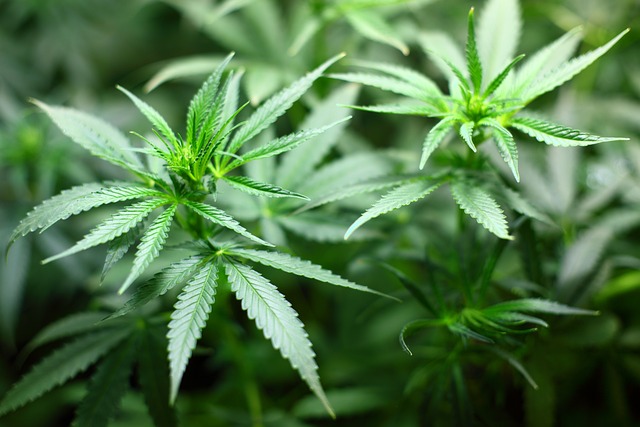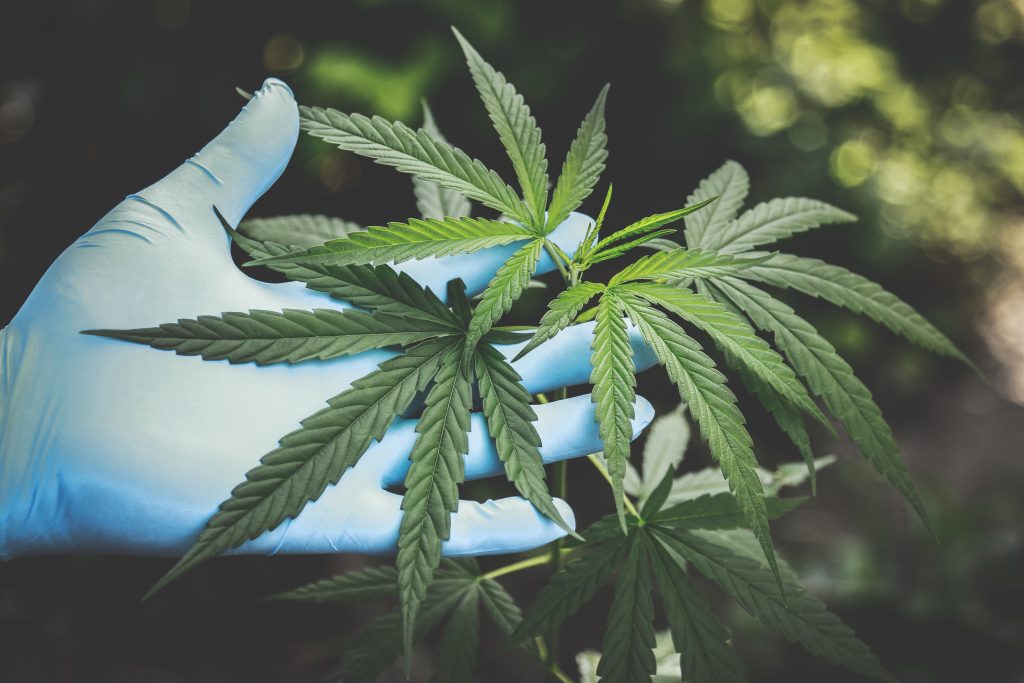
Increasing rates of cannabis use, driven by changes in public opinion and legislation, can impact perioperative outcomes.
Previous Study
A previous study by Goel et al. (2020), published in Anesthesiology, did not identify an association between cannabis use disorder and postoperative complications. But there were some major limitations to the study. It used older versions (prior to 2015) of the National Inpatient Sample (NIS). They examined major elective surgeries, including cesarean delivery (40% of the sample) and CABG. The older NIS is also limited by the use of the ICD-9 diagnosis and procedure codes, which are not as comprehensive as the newer ICD-10 codes
Active cannabis use disorder is not associated with a change in overall perioperative morbidity, mortality, length of stay, or costs
However, active cannabis use disorder is associated with a meaningful increase in the risk of postoperative myocardial infarction
Goel et. al (2020) in Anesthesiology
Our New Study
More recent National Inpatient Sample data from 2016 onwards are available now. We performed a study examining the association between cannabis use disorder and adverse perioperative outcomes for data from 2016-2019 (four years).
A few key changes were made to the previous study:
- Newer ICD-10 codes are used to define the exposure, covariates, and outcomes. Furthermore, validated outcome codes are used, derived from previous validation studies in surgical patients.
- The analysis is focused on non-cardiac, non-obstetric surgery
The findings of the study are now published in JAMA Surgery, the highest-ranked surgical journal in the world:
Citation: Potnuru PP, Jonna S, Williams GW. Cannabis Use Disorder and Perioperative Complications. JAMA Surg. Published online July 05, 2023. doi:10.1001/jamasurg.2023.2403Perioperative Cannabis Use

New guidelines recommend screening all surgical patients for preoperative cannabis use
Recent consensus guidelines published by the American Society of Regional Anesthesia and Pain Medicine offer guidance on terminology and clinical implications of cannabis use in surgical patients.
Importantly, they highlight limitations in the current evidence and knowledge gaps in our understanding of perioperative cannabis use. Given the variation in forms, routes, and doses of cannabinoid use, there is still a large knowledge gap in understanding exactly how cannabinoid use affects physiology and perioperative outcomes.
There is emerging evidence that these users can have differential sensitivity to anesthetics and pain medications such as opioids. Cannabinoids can affect multiple organ systems, leading to potential adverse postoperative outcomes.
What we do know is that patients should be preoperatively screened in sufficient detail for cannabis use. What we can do with this information remains unclear. However, it will inform future studies that examine the impact of cannabis use in the perioperative period.
